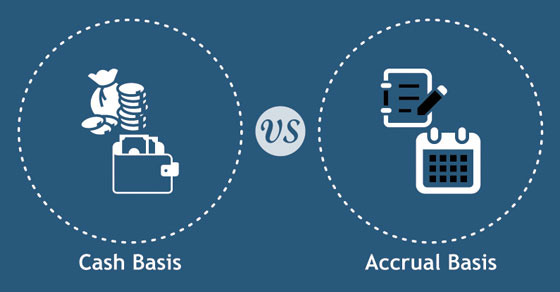Getting a handle on inventory management
Inventory management is a key balance sheet item for many companies. Depending on the nature of your operations, inventory may include raw materials, work-in-progress (WIP) inventory, and finished goods. While you need to have enough inventory on hand to meet your customers’ needs, carrying excessive amounts can be costly. Here are some smart ways to manage inventory more efficiently — without compromising revenue and customer service.
Reliable counts
Effective inventory management starts with a physical inventory count. This exercise provides a snapshot of how much inventory your company has on hand at that point in time. For example, a manufacturing plant might need to count what’s on its warehouse shelves, on the shop floor and shipping dock, on consignment, at the repair shop, at remote or public warehouses, and in transit from suppliers and between company locations.
The value of inventory is always in flux, as work is performed and items are delivered or shipped. To capture a static value as of the reporting day, companies may “freeze” business operations while counting inventory. Usually, it makes sense to conduct counts during off-hours to minimize the disruption to business operations. For larger organizations with multiple locations, it may not be possible to count everything at once. So, larger companies often break down their counts by physical location.
Accuracy is essential to knowing your cost of goods sold, as well as to identifying and remedying discrepancies between your physical count and perpetual inventory records. Possible reasons for discrepancies include:
- Data entry errors,
- Inaccurate bin or part numbers,
- Shipping errors,
- Inventory in the authorized possession of employees (such as owners or salespeople),
- Theft, and
- Intentional financial misstatement.
It’s important to identify what’s happening and resolve any problems or errors.
Benchmarking studies
The next step is to compare your inventory costs to those of other companies in your industry. Trade associations often publish benchmarks for:
- Gross margin [(revenue – cost of goods sold) / revenue],
- Net profit margin (net income/revenue), and
- Days in inventory (annual revenue / average inventory × 365 days).
Your company should strive to meet — or beat — industry standards. For a retailer or wholesaler, inventory is simply purchased from manufacturers. However, inventory is more complicated for manufacturers and construction firms. These entities must allocate costs to projects that are in progress.
Efficiency measures
What can you do to improve your inventory metrics? The composition of your company’s cost of goods will guide you on where to cut. In today’s tight labor market, it may be difficult to reduce labor costs. But it may be possible to renegotiate prices with suppliers.
And don’t forget the carrying costs of inventory, such as storage, insurance, obsolescence, and pilferage. You can also improve margins by negotiating a net lease for your warehouse, installing antitheft devices, or opting for less expensive insurance coverage.
To cut your days-in-inventory ratio, compute product-by-product margins. You might stock more products with high margins and high demand — and less of everything else. Consider returning excessive supplies of slow-moving materials or products to your suppliers, whenever possible.
Product mix can be a delicate balance, however. It should be sufficiently broad and in tune with consumer needs. Before cutting back on inventory, you might need to negotiate speedier delivery from suppliers or give suppliers access to your perpetual inventory system. These precautionary measures can help prevent lost sales due to lean inventory.
Inventorying your inventory
Management often focuses on growth and puts inventory management on the back burner. This can be a costly mistake. Contact us for help researching industry benchmarks and calculating inventory ratios to help minimize the guesswork in managing your inventory.





